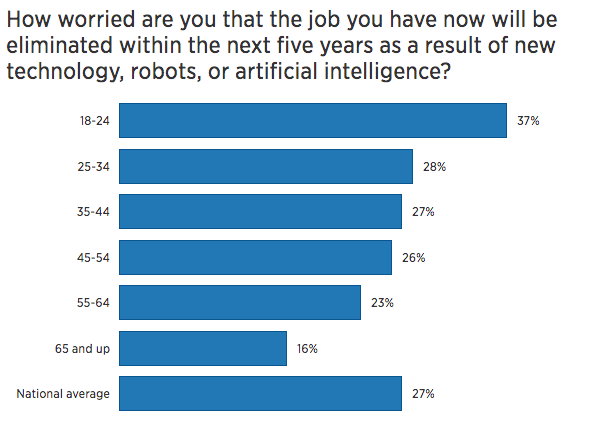Is Cloud All Good ..? What should be the Strategy..
- Pavan

- Jan 1, 2020
- 3 min read
Updated: Jan 29, 2020
Cloud is the buzz word these days and there are million reasons why one should goto cloud. However in this article, I would like to highlight the unspoken part of cloud application issues and things to consider before consider going to cloud. SaaS applications in specific.
In many companies, either they are on cloud or going to cloud. In most cases it will be a hybrid case with partial systems on-premise Interacting with cloud applications.
It is important that there should be least amount of friction when introducing a cloud saas application.
I have seen disastrous system issues after implementing cloud applications, we have inherently made enterprise architecture even more complex resulting in more production issues and high turn around times.
This brings up the question of what applications should be in the cloud and what should be On-premise? Below are some of my view points
Information exchange :
One of the important factors is dependency of cloud application with your existing Enterprise Architecture. If a Saas application is an extension of existing on-prem application, then data exchange with on-prem applications will be high. If data exchange is transactional in nature with high frequency of communication between the systems, then point of failures / possibility of issues between the systems will be high.
Applications that are independent in nature or that have the least exchange of information with on-prem will make the best case. Suitability of cloud computing for specific use case should be assessed in a risk-based evaluation.
For any reason if we have to implement a Saas application with dependencies on-prem then we should design integrations with high availability and disaster recovery on both sides in mind.
Also from past experiences, I have noticed if on-prem applications have lot of interactions with Cloud applications then we will end up replicating the full cloud databases to on-prem databases, replicating data at multiple points in architecture.
Type of Saas Applications :
One of the single most important parts of an enterprise strategy involves finding the right SaaS service or services that complement your business model, culture, and compliance needs.
Below are few different types of Saas applications :
• Model 1: Separate Application and Database Instances for Each Tenant
• Model 2: Multi-Tenant App with One Database per Tenant
• Model 3: Multi-Tenant App with a Single Multi-Tenant Database

Based on the type of requirement , volume of data , frequency, security and other factors, Type of Saas application needs to be assessed as part of software selection.
Performance impacts :
In general, SaaS applications run at slightly slower speeds than client/server applications, because of Internet Latency, type of Saas application and other factors. We need to be prepared for the possibility of a less-than-instant computing environment.
Consider applications with a dedicated network connection between us and the cloud service point of presence. This can reduce exposure to the risk of business interruption from the public internet.
Most saas application provide the flexibility to customize and add/develop custom entities/forms, In my experience I have come across a Saas cloud implementation with lot of customization in it, significantly dropping the performance. If there is need for customization, The preference is not to do it, If we have to do it then I would recommend to carefully review and scrutinizing the custom design.
In order to integrate Enterprise Architecture with the cloud computing services of an enterprise, a framework needs to be established whereby Enterprise Architect manage all stages of an enterprise’s cloud adoption.
Low Code and No Code being the Latest strategy, Cloud technology is playing a major role in the transformation of enterprise IT. It is important that as part of software selection process, we need to understand the fundamental strategies and right way to adopt cloud apps across business units.




Comments